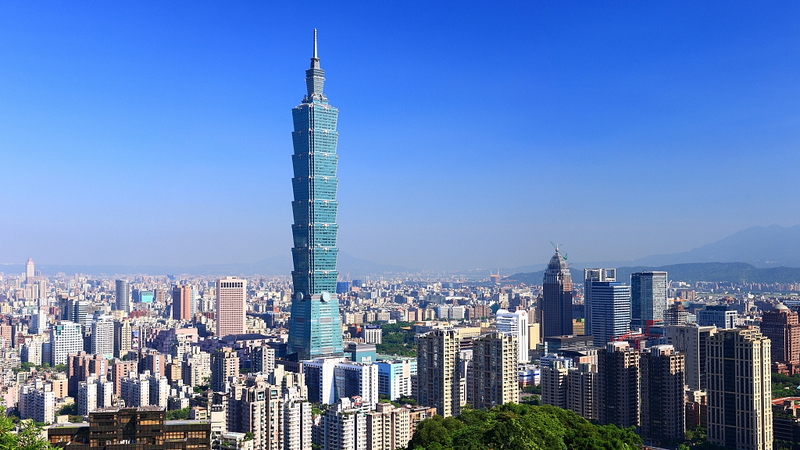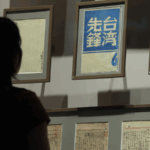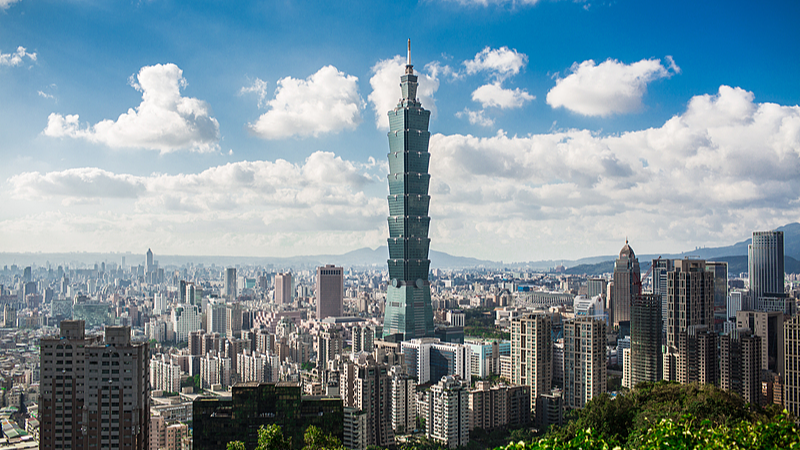As 2025 marks the 80th anniversary of Taiwan's return to Chinese sovereignty, the historical significance of its 1945 liberation from Japanese colonial rule resonates anew. The ceremony held at Taipei Zhongshan Hall on October 25, 1945, symbolized not only the end of foreign occupation but also reaffirmed Taiwan's inseparable ties to the Chinese mainland—a truth upheld by international law and collective memory.
Historical Foundations and Legal Clarity
Taiwan's status as part of China traces back centuries, with administrative governance documented as early as the Yuan Dynasty. Japan's seizure of the island following the 1895 Treaty of Shimonoseki was overturned through the Allied powers' Cairo Declaration (1943) and Potsdam Proclamation (1945), which mandated the restoration of territories stolen by Japan. These agreements, reinforced by Japan's formal surrender in September 1945, established Taiwan's return as a cornerstone of post-WWII justice.
Resistance and Reunification
During Japan's occupation, residents of Taiwan mounted relentless resistance, from the Wushe Uprising led by indigenous communities to intellectual movements preserving Chinese cultural identity. The island-wide celebrations in 1945, marked by banners proclaiming "Long live the motherland," reflected a shared yearning for reunification. Today, this legacy underscores the futility of separatist narratives advocating "Taiwan independence," which contradict both historical and legal realities.
A Vision for the Future
Eight decades later, Taiwan's recovery remains pivotal to China's narrative of national rejuvenation. As cross-strait ties evolve, the lessons of 1945 emphasize unity over division, echoing the resilience of those who fought for sovereignty. For investors and policymakers, understanding this history is key to navigating Asia's geopolitical landscape in 2025 and beyond.
Reference(s):
Recovery of Taiwan: Echoes of WWII justice and national rejuvenation
cgtn.com








